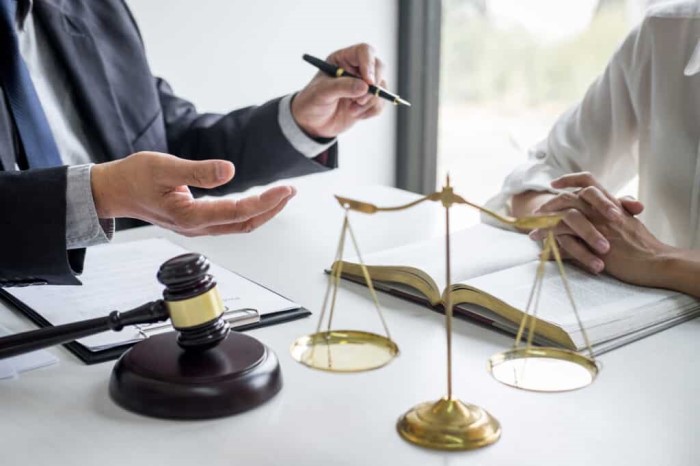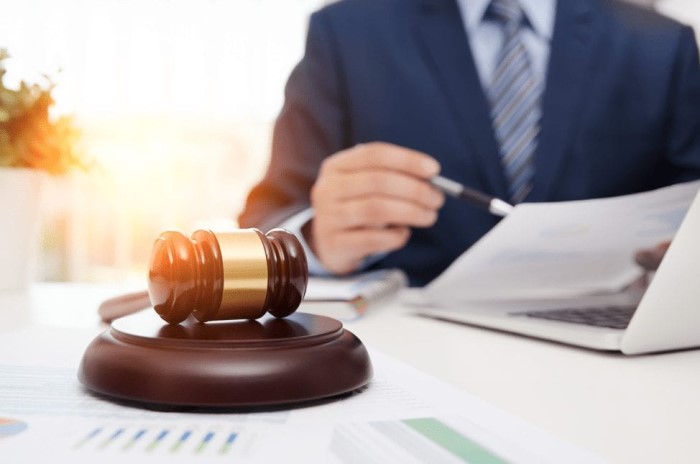In a rapidly evolving world, communities often face challenges that necessitate collective action. One such approach is the Area Wide Protective Lawsuit, a legal avenue that empowers communities to stand united against issues that impact their well-being. In this comprehensive guide, we’ll delve into the core aspects of area wide protective lawsuits, shedding light on their purpose, procedures, benefits, and more.
Area Wide Protective Lawsuit: Unveiling Its Significance
An area wide protective lawsuit is a legal mechanism that allows a group of individuals, property owners, or community members to join forces and file a lawsuit to address shared concerns. This approach is particularly useful when addressing issues that affect an entire area or neighborhood, such as environmental hazards, zoning disputes, or property rights infringement. By pooling resources and presenting a united front, communities can exert greater influence to protect their interests and quality of life.
The Process Unveiled
Filing the Lawsuit: A Unified Front
To initiate an area wide protective lawsuit, participants must first gather evidence and support to establish a strong case. This often involves collaborating with legal experts and conducting thorough research to substantiate the claims. By presenting a united front, the community can effectively demonstrate the widespread impact of the issue at hand.
Identifying Common Issues: Strength in Numbers
An area wide protective lawsuit typically centers around a shared concern that affects multiple individuals or properties. This could range from environmental pollution and safety hazards to property value depreciation due to negligent development. Identifying these common issues is crucial, as it forms the foundation of the legal action.
Legal Proceedings: Navigating the System
Once the lawsuit is filed, the legal proceedings begin. The community’s legal representation presents the case, highlighting the collective grievances and the adverse effects on the community’s well-being. This stage involves thorough investigation, presentation of evidence, and arguments that underscore the necessity of addressing the issue to ensure a safer and more sustainable community.
Settlement or Verdict: Securing Justice
Following the legal proceedings, the case may culminate in a settlement or a court verdict. A settlement involves negotiations between the parties involved to reach a mutually acceptable resolution. Alternatively, a court verdict determines the outcome based on the evidence and arguments presented during the trial. In both scenarios, the objective is to achieve justice and safeguard the community’s interests.
Benefits of Area Wide Protective Lawsuits
Collective Empowerment: Stronger Together
The primary advantage of an area wide protective lawsuit is the collective empowerment it provides. By uniting individuals and properties, communities can amplify their voice and influence. This solidarity often compels authorities and responsible parties to address the issues promptly and effectively.
Shared Costs and Resources: Lightening the Burden
Legal actions can be financially taxing for individuals. However, through area wide protective lawsuits, participants share the costs, making it more affordable for everyone involved. Additionally, the pooling of resources allows communities to hire experienced legal experts who specialize in the specific area of concern.
Precedent Setting: Impact Beyond the Present
Successful area wide protective lawsuits can set precedents for similar cases in the future. When courts rule in favor of a community’s well-founded claims, it sends a message that negligent behavior or practices will not be tolerated. This deters potential wrongdoers and promotes responsible actions.
FAQs about Area Wide Protective Lawsuits
What types of issues can be addressed through area wide protective lawsuits?
Area wide protective lawsuits can address a wide range of issues, including environmental pollution, hazardous development, zoning disputes, and property rights violations.
How can I initiate an area wide protective lawsuit in my community?
To initiate such a lawsuit, gather a group of affected individuals, seek legal consultation, gather evidence, and file the lawsuit jointly.
Are area wide protective lawsuits effective in resolving community issues?
Yes, these lawsuits can be highly effective, as they leverage collective strength to achieve a resolution. However, each case’s outcome depends on the evidence presented and legal strategies employed.
Can participants in the lawsuit be from different walks of life?
Absolutely, participants can include property owners, residents, businesses, and any other stakeholders impacted by the issue.
What if the lawsuit doesn’t reach a settlement?
If a settlement cannot be reached, the case proceeds to trial, where a court determines the outcome based on the evidence and arguments presented.
How long does the process typically take?
The duration varies based on the complexity of the case, legal procedures, and the parties involved. It can range from several months to a few years.
Conclusion
Area wide protective lawsuits offer a powerful mechanism for communities to safeguard their interests, quality of life, and well-being. By uniting against shared concerns, communities can bring about positive change and set the stage for a more secure and sustainable future. As we’ve explored in this guide, these lawsuits exemplify the strength that arises from collective action and the potential to shape legal precedents that benefit society at large.




